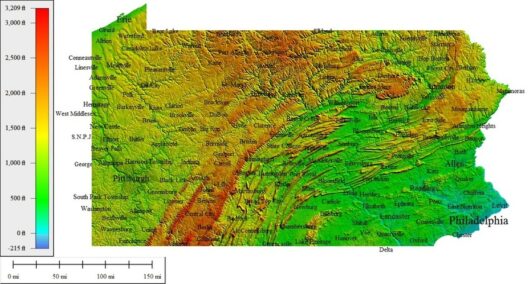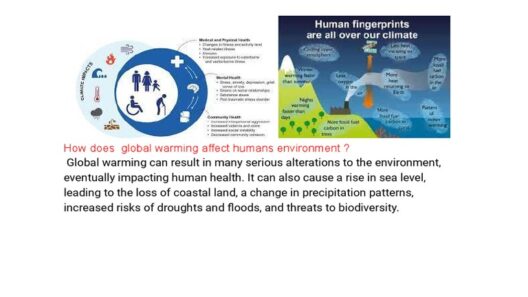The phenomenon of global warming has far-reaching implications, influencing both the natural environment and the economy. One prominent yet often overlooked consequence is the impact on home heating costs. As the climate shifts, it becomes imperative to grasp how increased temperatures and changing weather patterns affect our domestic heating bills. This discourse will delve into the multifaceted relationship between global warming and home costs, elucidating how rising temperatures and evolving energy demands coalesce to create financial challenges for homeowners.
First, it is essential to understand the basics of how heating systems operate. Traditional heating methods, such as oil, natural gas, and electric systems, depend on a stable climate to function efficiently. As global temperatures rise, heating requirements fluctuate, potentially escalating costs. For instance, regions that were once consistently cold may experience milder winters, thereby decreasing heating needs. However, this comes with a caveat. The unpredictability of weather patterns can lead to sudden and extreme cold spells, necessitating a greater reliance on heating systems. This inconsistency contributes to budgetary constraints for homeowners.
Moreover, the increased frequency and intensity of extreme weather events are concerning. Homeowners in areas prone to harsh winters might find themselves facing precarious decisions; they must determine if they should insulate more effectively to withstand the cold or invest in more efficient heating technologies. Each choice carries financial implications that can strain family budgets. On the other hand, warmer winters may lead to reduced heating bills during typical cold months. However, extended summer temperatures are likely to drive up cooling costs, thereby offsetting any savings accrued during the winter.
As our climate continues to warm, energy markets will inevitably be affected. First, there’s potential volatility in energy prices, stemming from fluctuating demands from both heating and cooling systems. Utility companies may adjust rates to accommodate for the varying energy usage trends correlated with climate changes. This infliction can be particularly burdensome for low-income households, where the percentage of income allocated to energy bills is already disproportionately high.
Furthermore, the inevitable transition to renewable energy sources poses challenges as well. While they represent a path toward sustainability, the initial investment in solar, wind, or geothermal systems can be substantial. Homeowners may encounter higher upfront costs despite long-term savings. Those hesitant to invest based on current circumstances may find that failing to adapt their homes to climate changes ultimately leads to greater fiscal pain. This dilemma creates a predicament: invest now to secure future savings or risk accumulating larger bills as energy demands increase.
The geography of a homeowner plays a pivotal role in determining the impact of global warming on heating costs. Residents in temperate zones will face different challenges than those in extreme climates. For instance, urban areas often experience the urban heat island effect, leading to decreased heating demands. However, the interspersing of commercial and residential spaces can complicate energy distribution. Thus, homeowners may face increased competition for energy resources as urban populations rise, further exacerbating heating bill headaches.
Moreover, the demographics of a location heavily influence energy costs. For example, as populations migrate due to climate-induced factors—such as rising sea levels or increasingly severe weather—competition for housing can surge, driving prices up. Increased demand for housing, combined with the expectation of rising energy costs, can create a perfect storm for homeowners—one where their costs skyrocket beyond their control.
The concept of ‘energy resilience’ becomes increasingly vital in this context. Homeowners now face the pressing need to invest in home efficiency upgrades to mitigate the impact of higher costs. Improved insulation, energy-efficient windows, and smart home technologies can lead to significant savings over time. However, not every homeowner can afford such transitions. Therefore, community-based initiatives and government incentives play crucial roles in facilitating widespread access to these important upgrades. A concerted effort is needed to educate the public about the importance of energy efficiency in their long-term financial planning.
Importantly, the psychological impact of rising energy costs should not be dismissed. The anxiety stemming from unpredictable heating bills can weigh heavily on homeowners, especially during the winter months. The cognitive burden of planning for both immediate and future expenses can diminish overall quality of life. Thus, it becomes imperative to advocate for transparent pricing in energy markets and promote programs that encourage energy literacy among homeowners.
In conclusion, the repercussions of global warming extend beyond environmental degradation. Rising temperatures significantly alter the landscape of home heating costs, prompting homeowners to navigate through a labyrinth of financial decisions. While some may find short-term relief through fluctuating seasonal demands, the broader narrative reveals a troubling picture. As energy resources become increasingly precious, the need for sustainable housing solutions is paramount. By fostering community initiatives aimed at improving energy efficiency and increasing awareness of energy markets, we can begin to alleviate some of the burdens associated with fluctuating home heating costs in a warming world. The responsibility lies with each of us to advocate for our homes and communities, ensuring that the effects of climate change do not become an insurmountable financial challenge.







